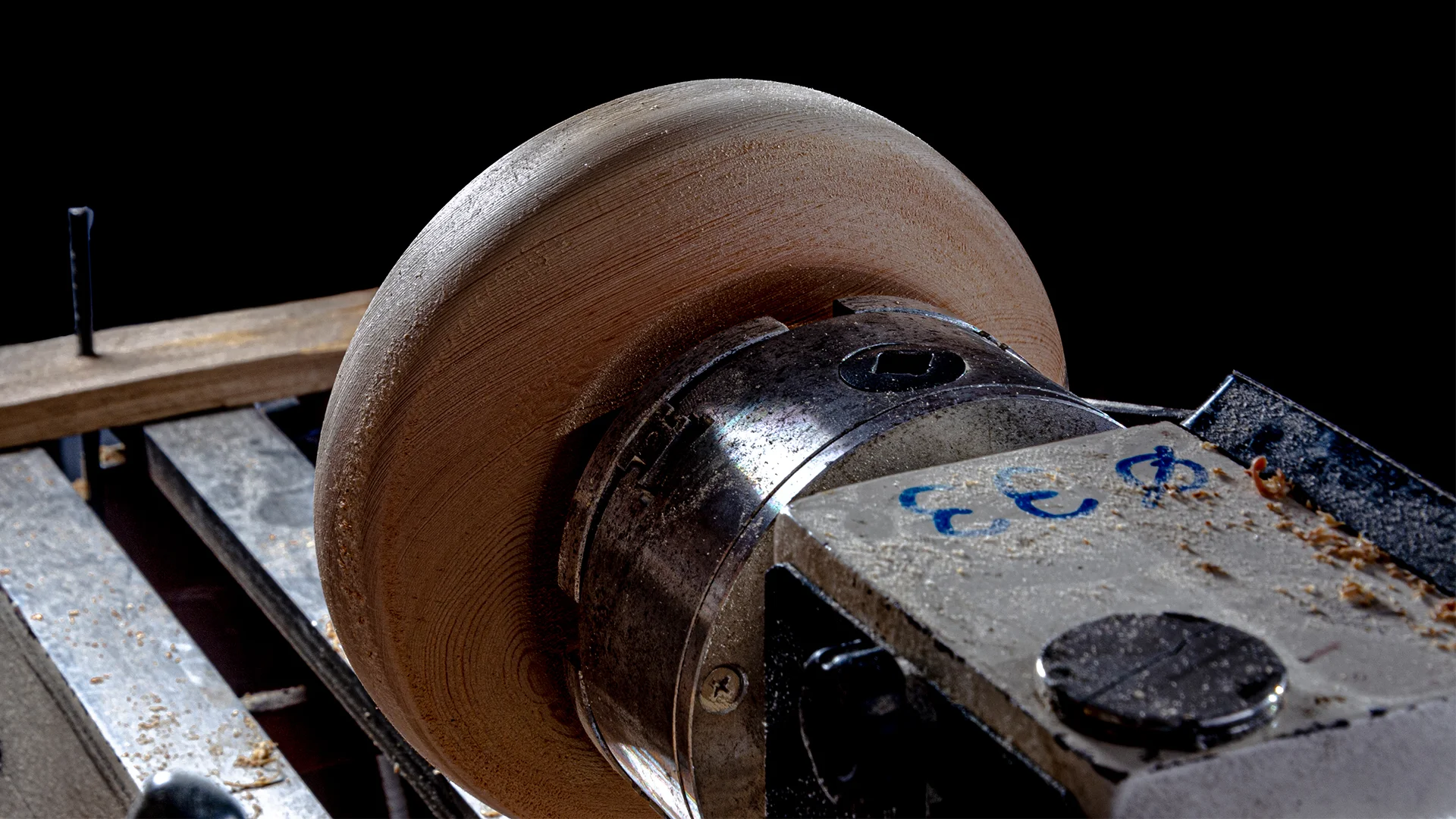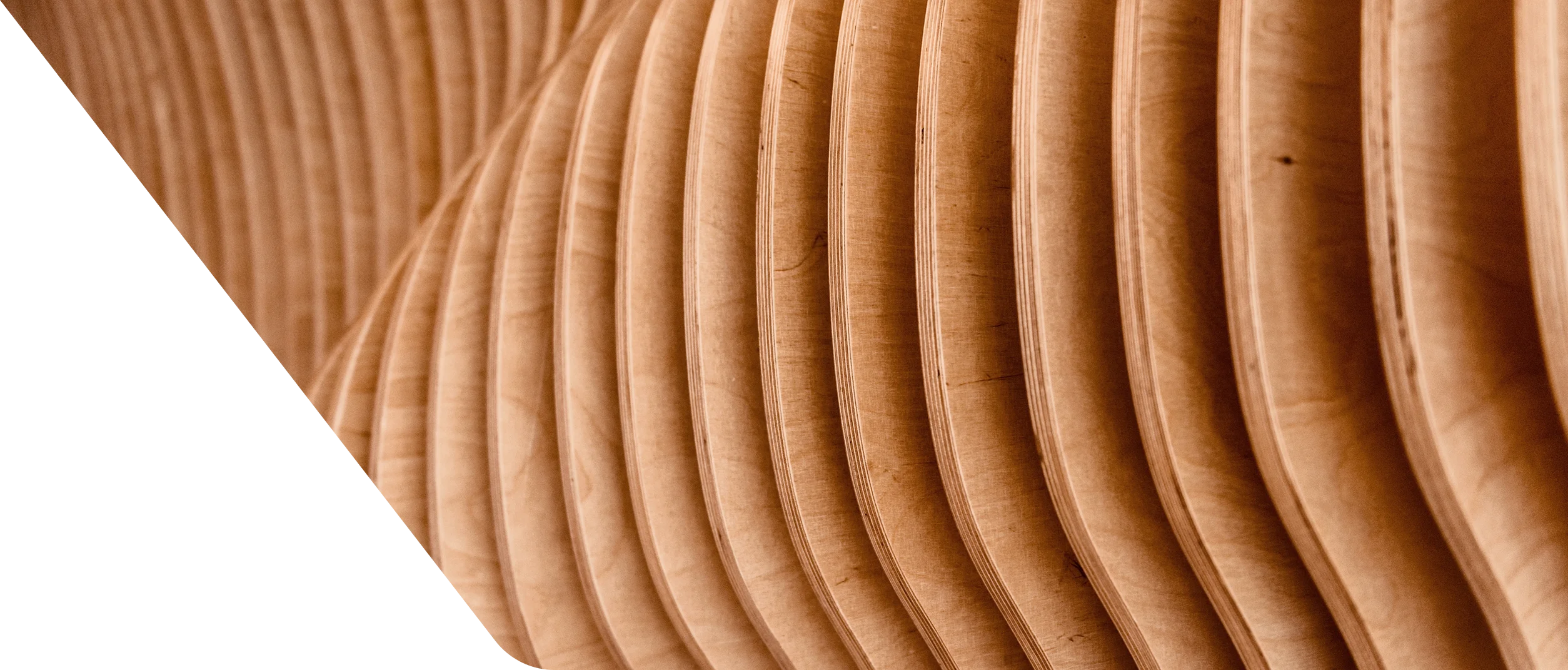
Our Blog
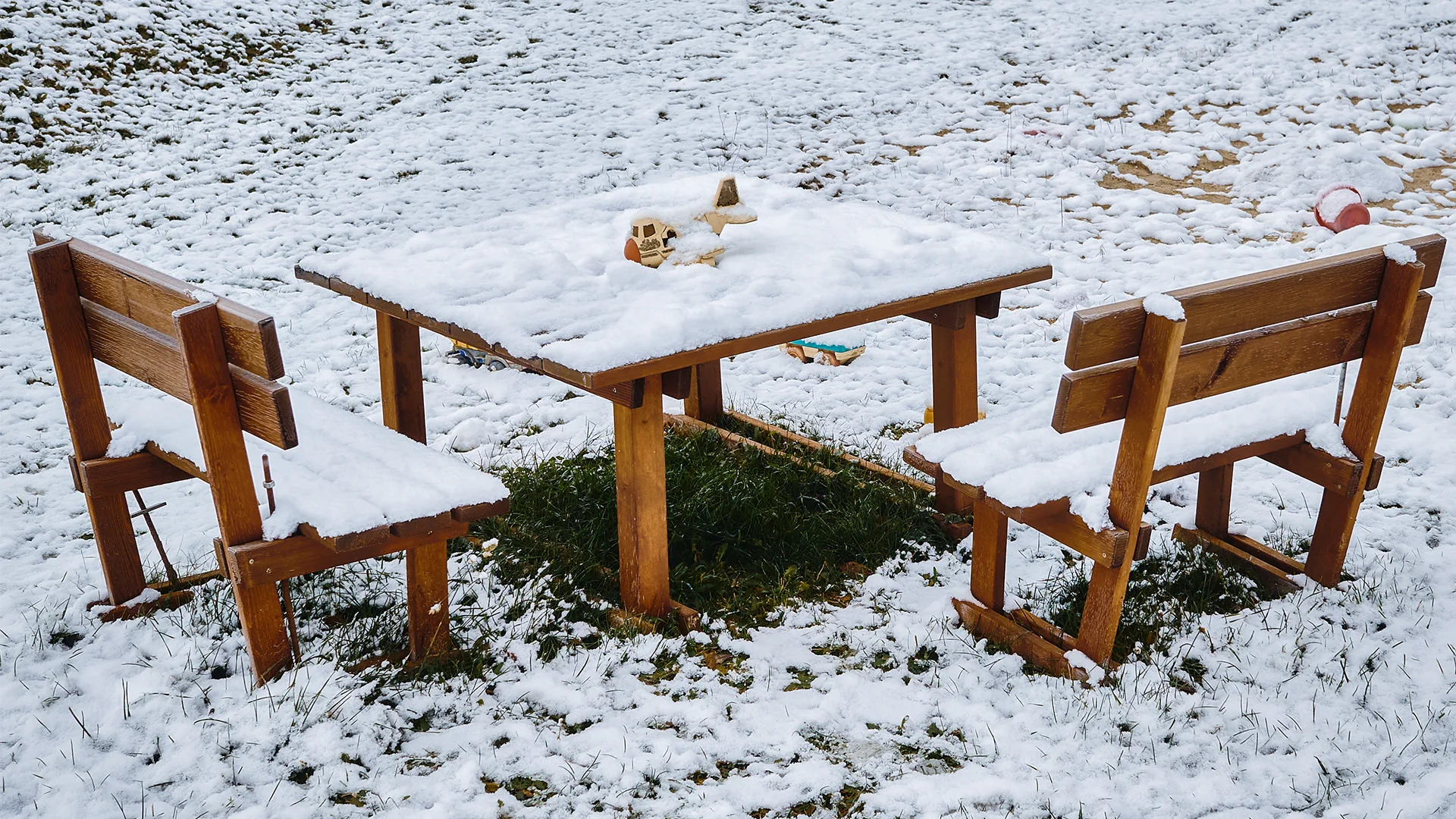
Understanding Wood – Does Wood Expand in Cold or Stay the Same?
Ever tried to shut a wooden door in the winter only to find it doesn’t fit quite like it did in the summer? Or maybe you’ve noticed gaps forming between your hardwood floors when the temperature drops. If you’ve ever wondered does wood expand in cold?, you’re not alone. Wood is a living, breathing material (even after it’s been cut and shaped), and it reacts to the environment in some surprising ways.
Let’s break it down and figure out what’s really happening to your wooden furniture, floors, and structures when the cold sets in.
Understanding Wood’s Composition and Structure
To understand why wood changes with the weather, we need to take a quick look at what it’s made of.
Wood isn’t just a solid, unchanging material—it’s a network of fibers, primarily composed of cellulose, lignin, and hemicellulose. Think of it like a bundle of tiny straws that can absorb and release moisture from the air. This property, known as hygroscopicity, is the main reason wood expands and contracts.
Unlike metal, which expands with heat and contracts in cold, wood behaves a little differently. Its biggest changes come not from temperature itself, but from the amount of moisture in the air.
Does Wood Expand or Contract in Cold Weather?
The simple answer? Wood contracts in cold weather—but not because of the temperature alone.
When winter rolls in, the air becomes drier. Because wood absorbs and releases moisture based on its surroundings, it shrinks as the humidity drops. This is why wooden floors develop small gaps, doors become slightly loose, and furniture joints may feel less snug in the winter months.
But does wood ever expand in cold? It depends. If the cold weather comes with high humidity (like in some coastal regions), wood could actually absorb moisture and expand slightly. However, in most cases, winter air is dry, causing contraction instead.
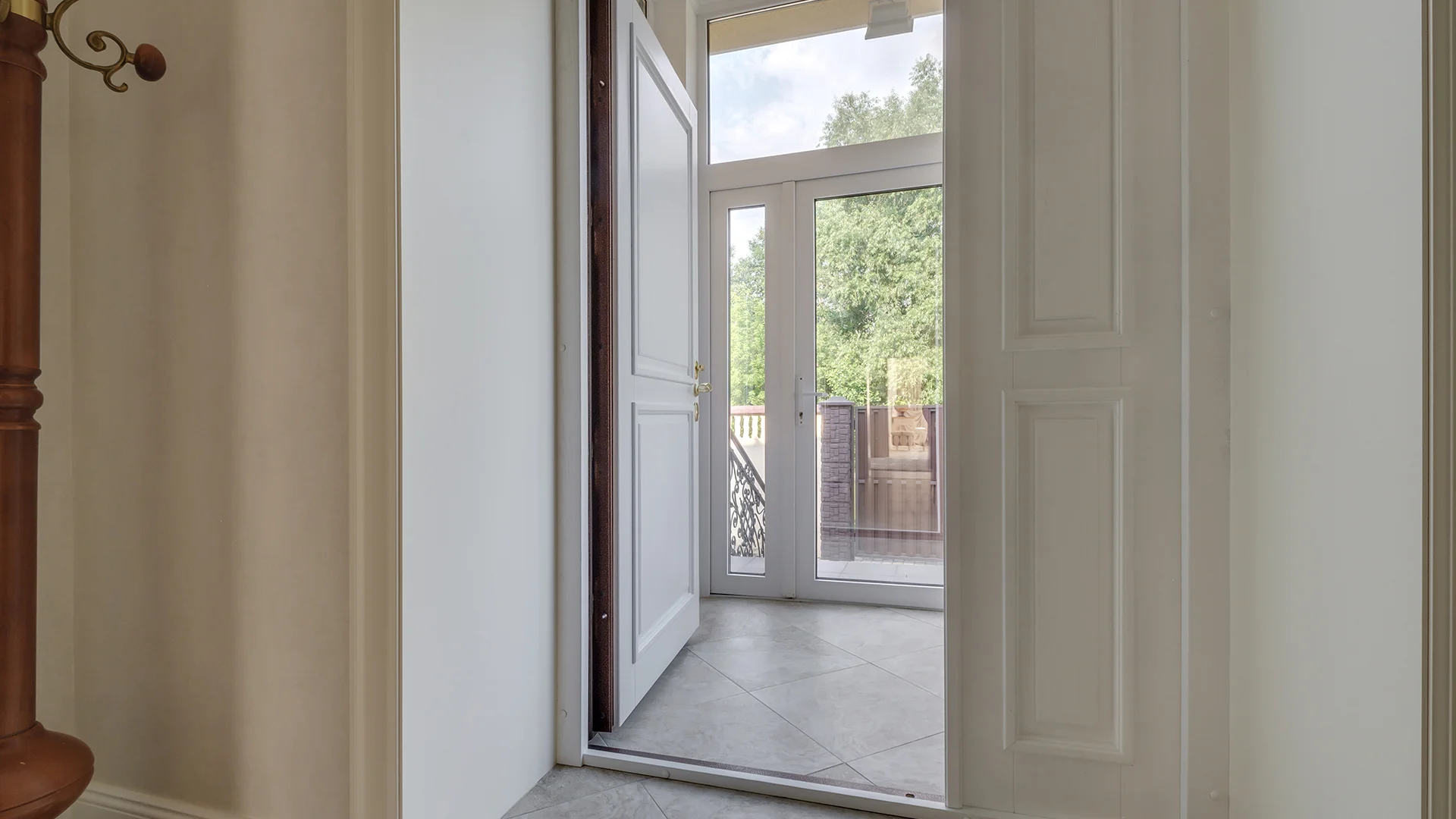
Does Wood Expand More in Winter or Summer?
If you’ve been paying attention, you might already have guessed the answer: Wood expands more in summer and shrinks in winter.
Summer usually means higher humidity levels, which causes wood to absorb moisture and swell. That’s why wooden doors sometimes stick or swell in humid months.
Winter, on the other hand, brings dry air, making wood lose moisture and contract, leading to small gaps in floors, cracks in furniture, or looser joints in wooden structures.
How Seasonal Changes Affect Wooden Furniture and Structures
Wood is constantly adapting to the environment, which means seasonal changes can take a toll on your wooden items. Here’s what can happen in cold weather:
- Hardwood floors – Small gaps may appear as the boards contract.
- Doors and windows – Wooden frames can become slightly looser.
- Furniture – Joints in tables and chairs may feel less tight.
- Outdoor wooden structures – Dry winter air can lead to cracking if moisture levels fluctuate too much.
So, if you’re wondering is wood more likely to crack in cold environments?—the answer is yes, especially if there’s a sudden drop in humidity.
Can Cold Weather Damage Wooden Structures?
Cold weather itself isn’t the real villain—it’s the lack of moisture that can cause damage.
Extreme dryness can lead to splitting, warping, and cracking, especially in older wood that has already lost some of its natural oils. Outdoor wooden structures like decks, fences, and log cabins are particularly vulnerable because they’re exposed to the elements.
If the temperature fluctuates a lot, wood expands and contracts repeatedly, which can stress it over time. This is why some wooden furniture or structures develop small cracks after multiple winters.
How to Prevent Wood from Cracking in Cold Weather
Now that we know why wood reacts to the cold, let’s talk about what you can do to protect your wooden furniture and structures during winter.
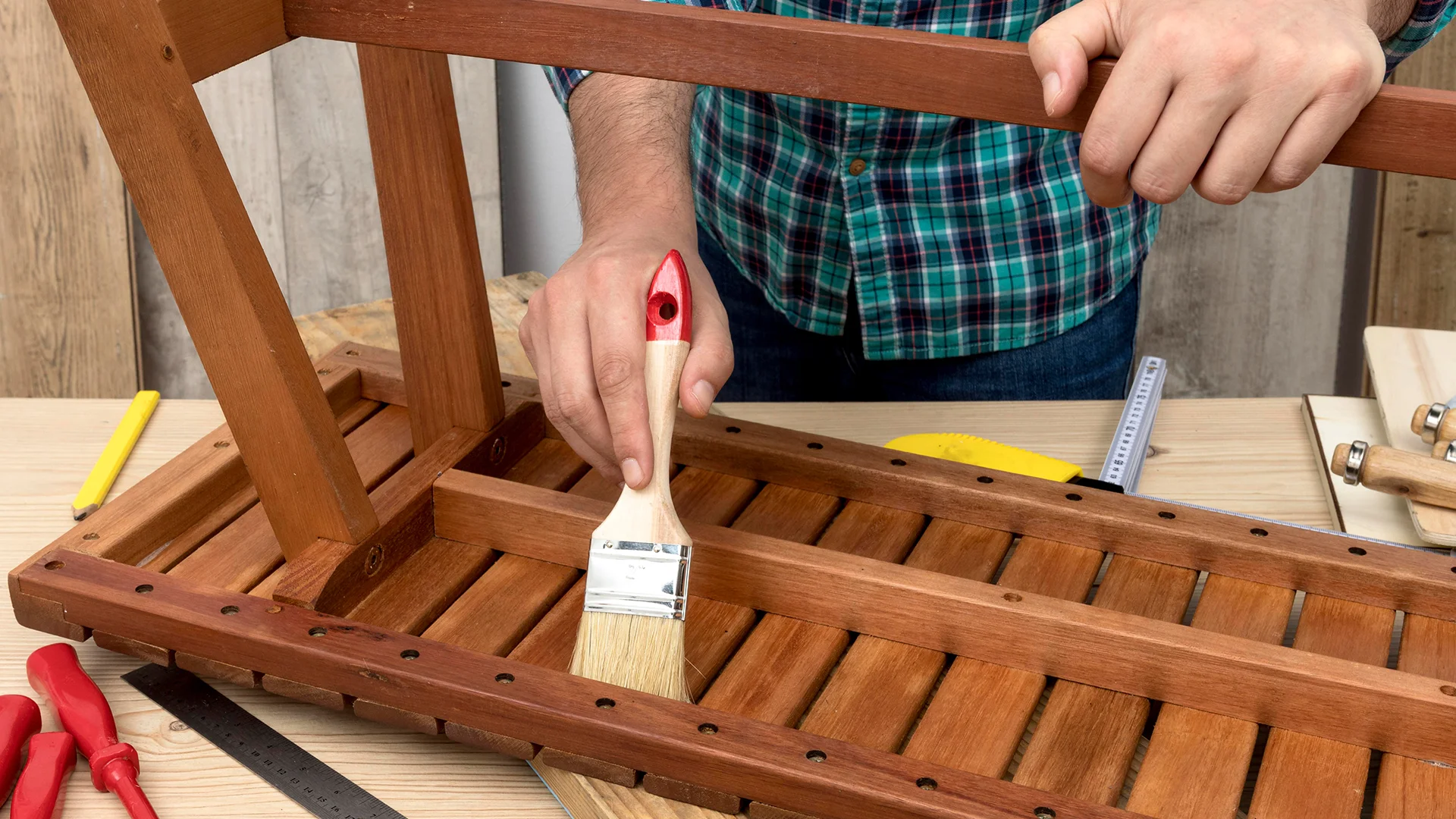
Indoor Wood Care Tips:
- Maintain stable humidity – Using a humidifier indoors can help keep moisture levels balanced.
- Avoid placing wood near heaters – Direct heat can dry out wood even faster.
- Apply wood conditioner or oil – This helps retain moisture and prevents excessive drying.
Outdoor Wood Protection:
- Use a quality wood sealant – Protects against moisture loss and cracking.
- Store outdoor furniture properly – Keep it in a dry, covered area when not in use.
- Check for cracks early – Fix small cracks before they become big problems.
Taking these steps can help ensure that your wooden furniture and structures survive the winter without major damage.
Best Types of Wood for Cold Climates
Not all wood reacts to winter the same way. If you’re choosing wood for furniture, flooring, or outdoor structures in a cold climate, some types handle the changes better than others.
Best Woods for Cold Weather:
- Hardwoods like oak, maple, and hickory – These dense woods are more stable and less prone to cracking.
- Teak and mahogany – Naturally oily woods that resist drying out.
- Engineered wood – Less likely to shrink and expand compared to solid wood.
Softwoods like pine and cedar, while beautiful, are more prone to moisture fluctuations and may require extra care in winter.
Final Thoughts
So, does wood expand in cold or stay the same? Neither—it actually contracts.
But the real culprit isn’t the cold—it’s the dry air. When humidity levels drop, wood loses moisture and shrinks, sometimes leading to cracks and loose joints. The best way to protect your wooden floors, furniture, and structures is to maintain proper humidity levels and use protective treatments.
Understanding how wood behaves in different seasons can save you a lot of headaches (and repair bills). With the right care, your wooden pieces can last for generations, no matter how cold it gets.
In order to control the inevitable movement of wood, the range of relative humidity change shall not fall outside the acceptable range of values shown in Figure 1 of AWI 200 Care & Storage for a sustained period of more than 24 hours for any reason.
Recent Post
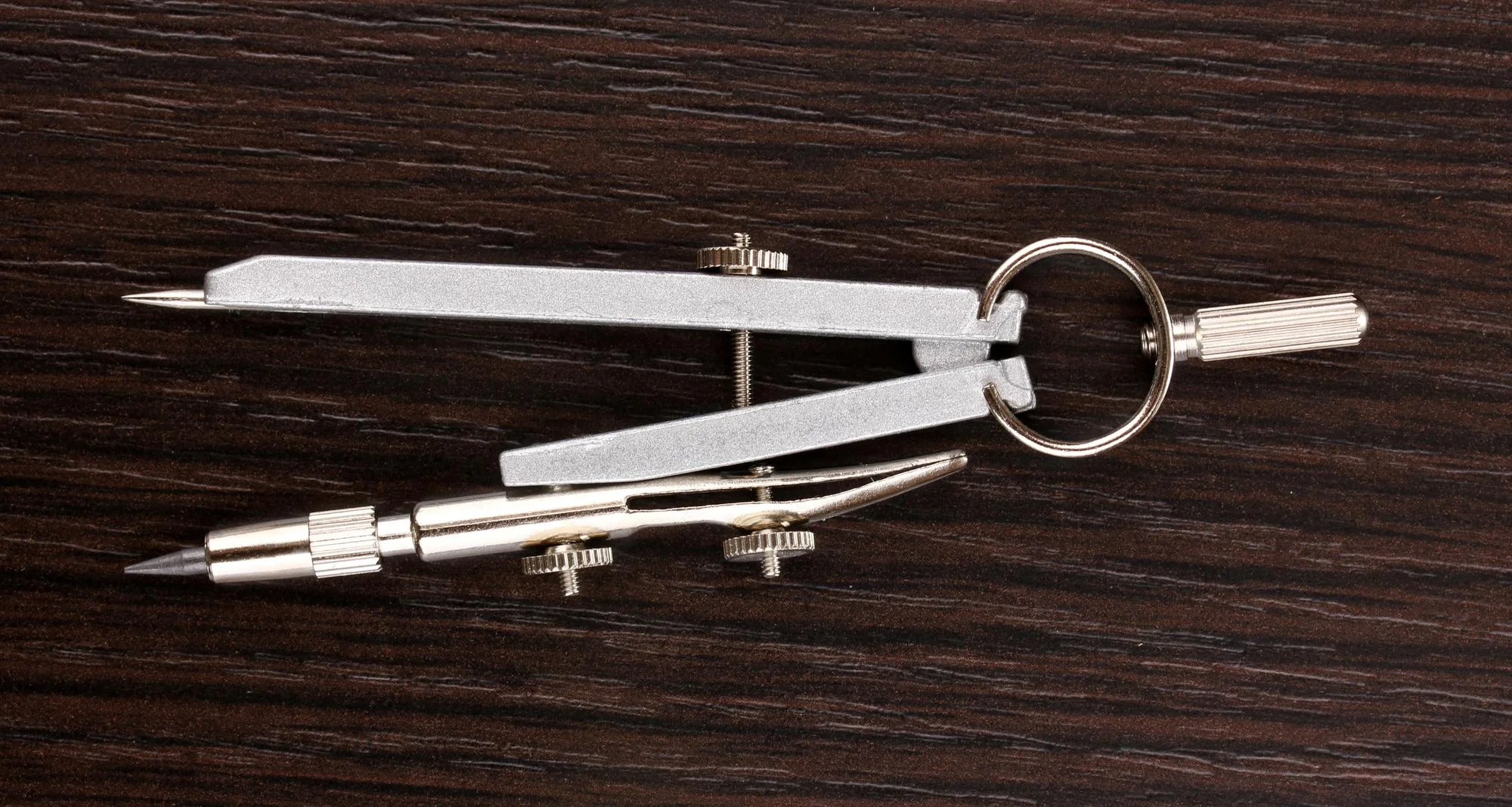
How to Choose the Best Woodworking Compass: Expert Tips and Tricks
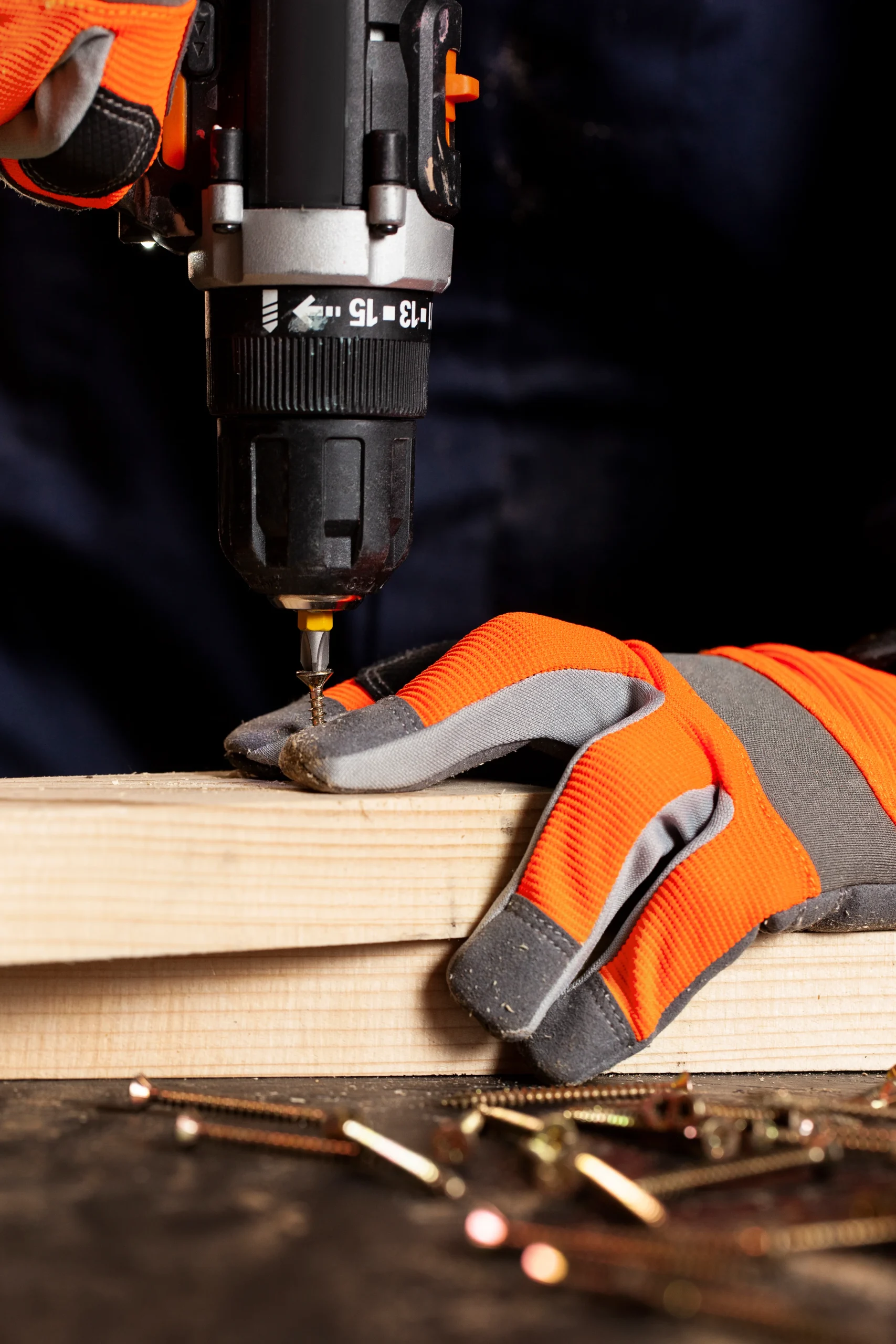
Screw Gun vs Drill: What Every Woodworker Needs to Know

Woodworking PPE Checklist: Are You Fully Protected?
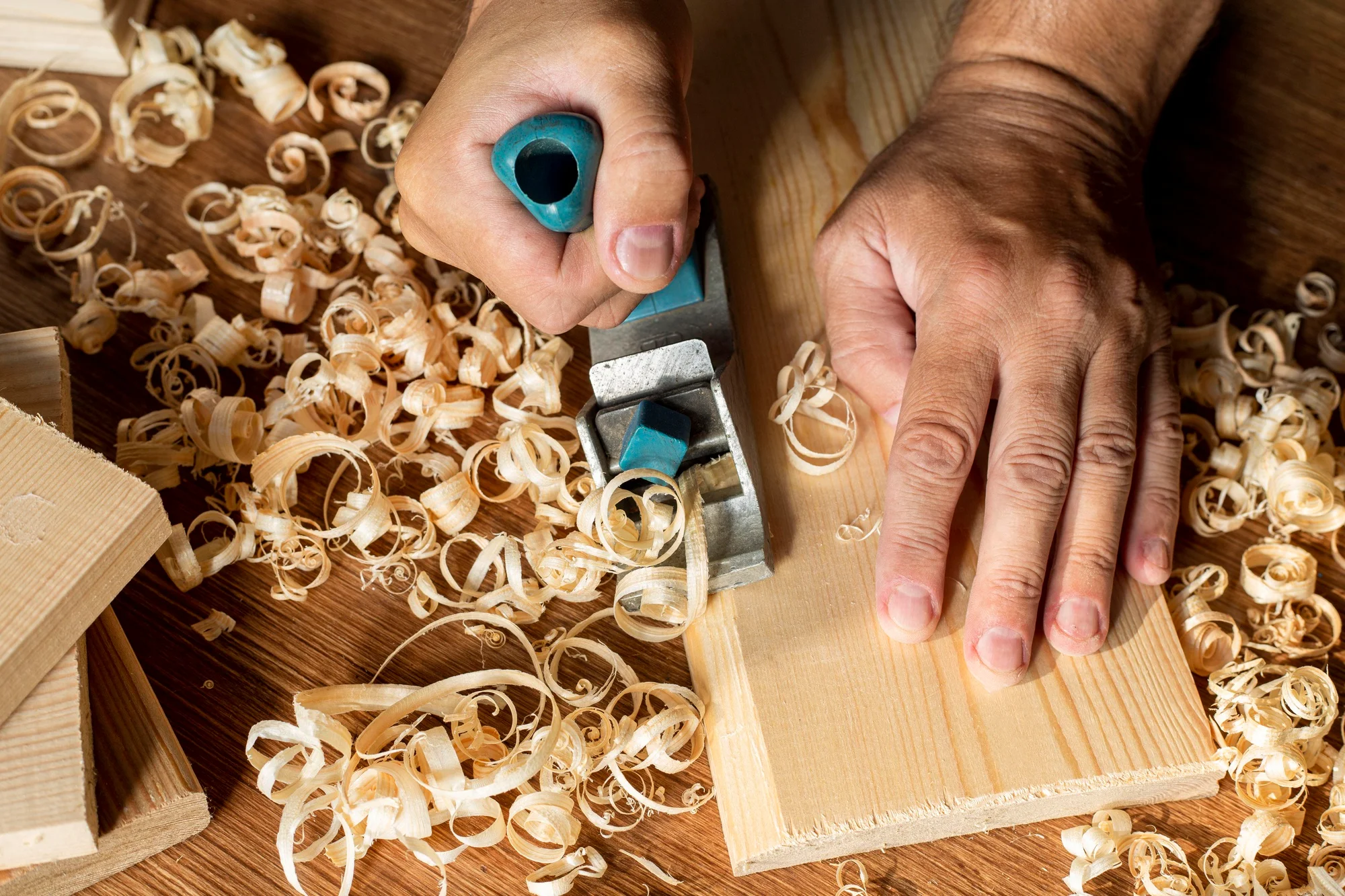
Green Woodworking 101: A Beginner’s Guide to Crafting with Unseasoned Wood
